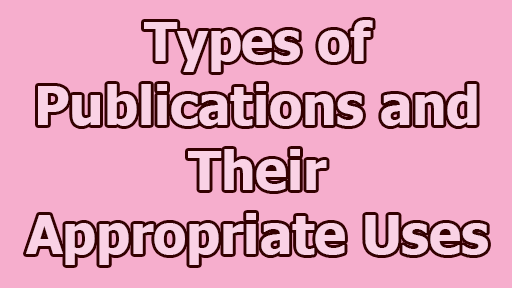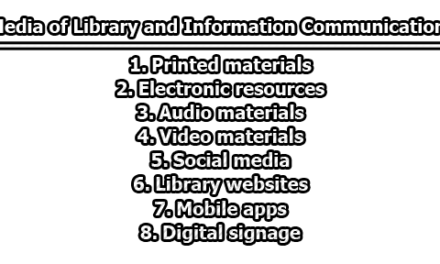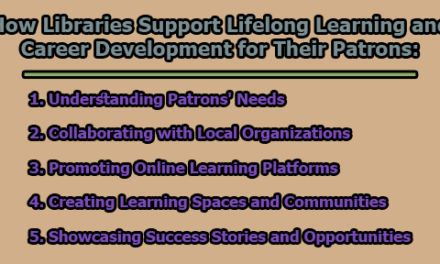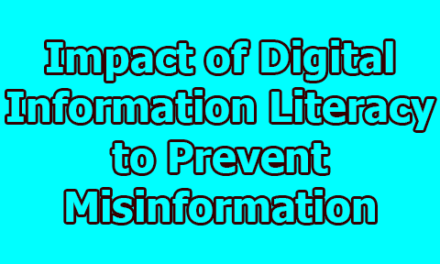Types of Publications and Their Appropriate Uses:
Publications are an essential means of disseminating information, knowledge, and ideas to a large audience. There are several types of publications, each with its specific purpose and appropriate use. In this article, we will discuss the most common types of publications and their appropriate uses.
- Books:
Purpose: Books are substantial and comprehensive publications designed to provide an in-depth exploration of a specific subject or topic. They are characterized by their extensive content and the ability to offer a detailed analysis (Turabian, 2018).
Appropriate Use: Books are ideal for individuals seeking a deep understanding of a particular subject or topic. Scholars, researchers, and students often turn to books as primary sources for thorough research and academic study. They serve as a foundational resource for building expertise.
- Journals:
Purpose: Journals are specialized periodicals that focus on academic or scholarly content. They are distinguished by their peer-reviewed articles, which undergo rigorous evaluation by experts in the respective fields to ensure accuracy and quality (APA, 2020).
Appropriate Use: Journals are indispensable for researchers, academics, and students who require access to the latest research findings and academic discourse. They are the go-to source for staying current with developments in specific fields.
- Magazines:
Purpose: Magazines are periodical publications with a broad scope, covering an array of topics, including current events, lifestyle, entertainment, and more. They are characterized by a more informal tone and are designed to engage a general audience (Wise, 2014).
Appropriate Use: Magazines are well-suited for individuals interested in staying informed about popular culture, trends, and contemporary issues. They offer an accessible and engaging way to access a wide range of information.
- Newspapers:
Purpose: Newspapers are regular publications that provide up-to-the-minute news, including local, national, and global coverage. They are recognized for their role in delivering timely information on a wide array of subjects (McManus, 2019).
Appropriate Use: Newspapers are a primary source of news for individuals, businesses, and government agencies. They are indispensable for staying informed about current events, politics, and breaking news.
- Reports:
Purpose: Reports are detailed documents created to present comprehensive information, data, and findings on a specific topic. They often include recommendations for action and are typically produced by government agencies, non-profit organizations, or businesses (Heifetz et al., 2002).
Appropriate Use: Reports are frequently used to inform policymakers, stakeholders, and the public about particular issues. They offer a wealth of data and in-depth analysis, making them valuable resources for decision-making and policy development.
- Newsletters:
Purpose: Newsletters are periodic publications distributed to a specific audience, such as members of an organization or subscribers. They aim to provide updates and information on topics relevant to the target audience (Berkley et al., 2017).
Appropriate Use: Organizations utilize newsletters to maintain communication with their audience, offering updates on recent developments, events, or news related to their interests or affiliations. Newsletters are a valuable tool for targeted communication.
- Whitepapers:
Purpose: Whitepapers are authoritative reports or guides that typically focus on a specific issue, technology, or solution. They are often used in business and technology sectors to provide in-depth information and analysis.
Appropriate Use: Whitepapers are valuable for businesses and professionals seeking detailed insights, research findings, or recommendations on complex topics. They are frequently used for marketing and educational purposes (Hlavinka, 2020).
- Theses and Dissertations:
Purpose: Theses and dissertations are extensive research documents produced by graduate students as a culmination of their academic studies. They present original research findings and contribute to the scholarly community.
Appropriate Use: Theses and dissertations are vital for academic research and for gaining deep insights into specialized subjects. Researchers and scholars often consult them for in-depth exploration of specific topics (American Psychological Association, 2020).
- Encyclopedias:
Purpose: Encyclopedias are reference works that provide comprehensive and concise information on a wide range of topics. They are typically organized alphabetically.
Appropriate Use: Encyclopedias are valuable for quick access to basic information and definitions. They are commonly used for research, general knowledge, and academic purposes.
- Pamphlets:
Purpose: Pamphlets are small, concise publications that focus on a specific topic, often with the aim of providing information, advocacy, or education on social, health, or political issues.
Appropriate Use: Pamphlets are used by organizations and advocacy groups to raise awareness, educate the public, or promote a cause. They are distributed widely to convey a message succinctly.
- Conference Proceedings:
Purpose: Conference proceedings are collections of papers and presentations presented at academic conferences or symposia. They capture the research and discussions from these events.
Appropriate Use: Researchers and academics often refer to conference proceedings to access the latest research findings and to learn about the discussions and trends in specific fields.
- Government Publications:
Purpose: Government publications include reports, documents, and publications produced by government agencies. They cover a wide range of topics and serve to inform the public about government activities and policies.
Appropriate Use: Government publications are essential for understanding government policies, statistics, and regulations. They are used by researchers, policymakers, and the general public for information and reference.
In conclusion, the array of publications available serves as a rich tapestry of information dissemination, catering to diverse needs and preferences. Books offer an immersive journey into the depths of knowledge, while journals keep academics and researchers abreast of cutting-edge discoveries. Magazines and newspapers bridge the gap between information and entertainment for the general populace, and reports play a vital role in shaping policies and decisions. Newsletters maintain targeted communication, whitepapers provide in-depth insights, and theses and dissertations serve as pillars of academic research. Encyclopedias offer quick references, pamphlets advocate for causes, and conference proceedings capture the spirit of academic discourse. Government publications, in turn, illuminate the workings of governance. Understanding the unique strengths and purposes of each publication type empowers individuals to access information efficiently, facilitating learning, decision-making, and knowledge-sharing across a myriad of fields and domains.
References:
- American Psychological Association. (2020). Publication Manual of the American Psychological Association (7th ed.). American Psychological Association.
- Berkley, R., Bentley, M. J., & Darby, S. A. (2017). Nonprofit Newsletter Strategies: The Guide Every Organization Needs to Connect with Donors, Raise More Money, and Achieve Their Mission. CreateSpace Independent Publishing Platform.
- Heifetz, R. A., Grashow, A., & Linsky, M. (2002). The Practice of Adaptive Leadership: Tools and Tactics for Changing Your Organization and the World. Harvard Business Review Press.
- Hlavinka, D. (2020). White Papers: What They Are, and Why They’re Important.
- McManus, J. H. (2019). Market-Driven Journalism: Let the Citizen Beware? Sage Publications.
- Turabian, K. L. (2018). A Manual for Writers of Research Papers, Theses, and Dissertations (9th ed.). University of Chicago Press.
- Wise, M. J. (2014). Magazine Editing: In Print and Online. Routledge.

Library Lecturer at Nurul Amin Degree College










